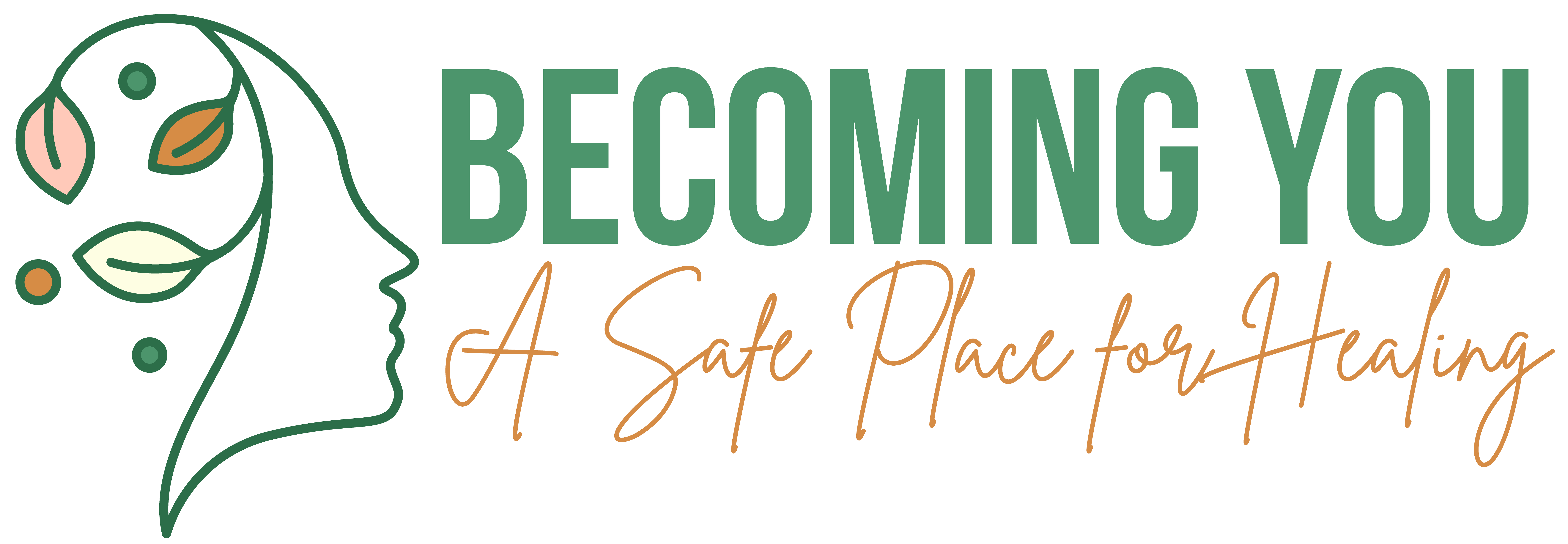Meet Gwen. Gwen has always struggled with self-esteem due to past experiences of being criticized and judged by others. She has internalized these experiences and developed a belief that she is not worthy of love or acceptance. Even when she is not conscious of it, this narrative constantly plays in her mind. It shapes her perception of herself and her interactions with others.
It’s Saturday night, and Gwen decides to attend a social gathering with some friends. As the evening progresses, she overhears a few acquaintances whispering and glancing in her direction. Instantly, her internal narrative kicks in, telling her they must be talking about her and making negative judgments. Overwhelmed by feelings of insecurity and self-doubt, Gwen seeks refuge in a familiar coping mechanism: alcohol.
She starts downing drinks rapidly, hoping it will numb her insecurities and silence her racing thoughts. However, this reaction only exacerbates the situation. Gwen’s excessive drinking begins to impair her judgment and behavior as the night unfolds. She becomes increasingly uninhibited and says things she will later regret. The alcohol further magnifies her negative self-perception, reinforcing her self-limiting beliefs. Ultimately, her attempt to escape the situation – the story she is telling herself – with alcohol only perpetuates the cycle of low self-esteem.
Does any of this sound familiar?
Every day, we experience a whirlwind of emotions without fully understanding their origins or implications. These experiences can be overwhelming, leaving us feeling out of control and unable to express ourselves effectively. During these moments, the stories we tell ourselves come into play, shaping our perception of reality and influencing our actions. These internal narratives have the potential to keep us trapped in pain. But the good news is that they also have the power to free us from it.
The Language of Emotions
When faced with emotional dysregulation, our immediate response may not be to analyze our feelings. Instead, we are often so consumed by our intense emotional state that it hijacks our logical thinking processes. Our brain, wired for survival, interprets these emotions as potential threats to our safety. However, it is our mind that labels them as either good or bad based on our past experiences and perspective.
To gain control over our emotional experiences, we must learn to recognize when we are being emotionally hijacked. Most people lack this level of self-awareness and, as a result, react impulsively to negative feelings. These reactions may manifest as strong urges to engage in self-destructive behaviors such as avoidance, aggression, or substance abuse (like Gwen). If you want to get scientific about it, our brain’s amygdala, responsible for processing emotions, takes center stage during these episodes. Our prefrontal cortex, or logic center, takes a back seat.
We are often unaware of the underlying factors influencing our emotional states. (Did you know that our subconscious mind has access to over 40 million bits of information per second, while our conscious mind is limited to processing a mere 40 bits?) That means even when we have some awareness, our emotions can deceive us. In the heat of the moment, our logic center is overshadowed, leading us to make choices that may not serve us in the long run.
If this sounds a little bleak, stay with me.
When we feel an emotional hijack approaching, we have the power to take a step back and objectively assess the situation. By checking in with our bodies for physical needs such as hunger, sickness, or tiredness, we can eliminate any potential external triggers. If there is no immediate threat, we can shift our focus to the stories we are telling ourselves in the moment. Our core beliefs and past experiences influence these narratives, and they can act as lenses through which we interpret reality. Like wearing tinted glasses, two people who witness the same event can have vastly different experiences based on their internal narratives.
Choosing Empowerment Over Pain
In recognizing the impact of our internal stories, we are presented with a choice. We can either cling to old narratives that keep us stuck in pain or let go of them, understanding that they no longer serve us. Acknowledging that we cannot change the past is essential, and reliving old stories will not alter their outcomes. Instead, by embracing the power of choice, we can create new narratives that empower us to shape our future.
Anxiety and fear will dominate our lives if we continuously judge our present and future based solely on our past. However, we can find the strength and resilience to overcome any challenge by shifting our perspective. Most importantly, we must remember that we have already survived everything we have encountered in the past, and this knowledge can provide us with the confidence to face the unknown.
Now, remember Gwen? In her emotionally hijacked state, Gwen turned to excessive drinking as a means to escape her distressing thoughts and emotions. Her internal narrative of being unworthy and judged led her to seek solace in alcohol, but this reaction only caused her more pain. Perhaps things can go differently for her next time by recognizing the emotional hijacking, challenging her internal narrative, and choosing self-compassion. The same is true for you.
The stories we tell ourselves hold immense power in shaping our reality. But the beautiful (albeit sometimes scary) thing is that we get to call the shots.



